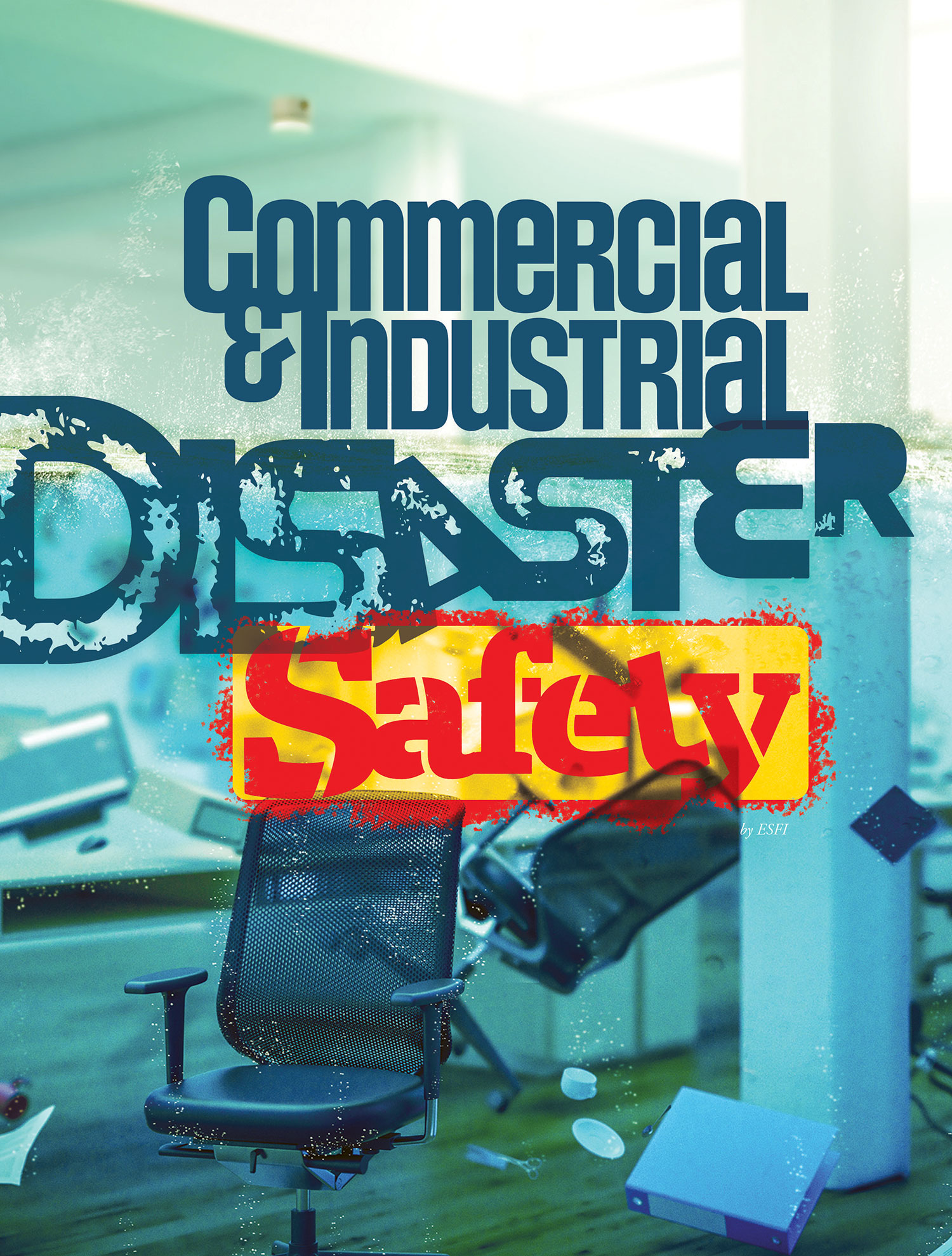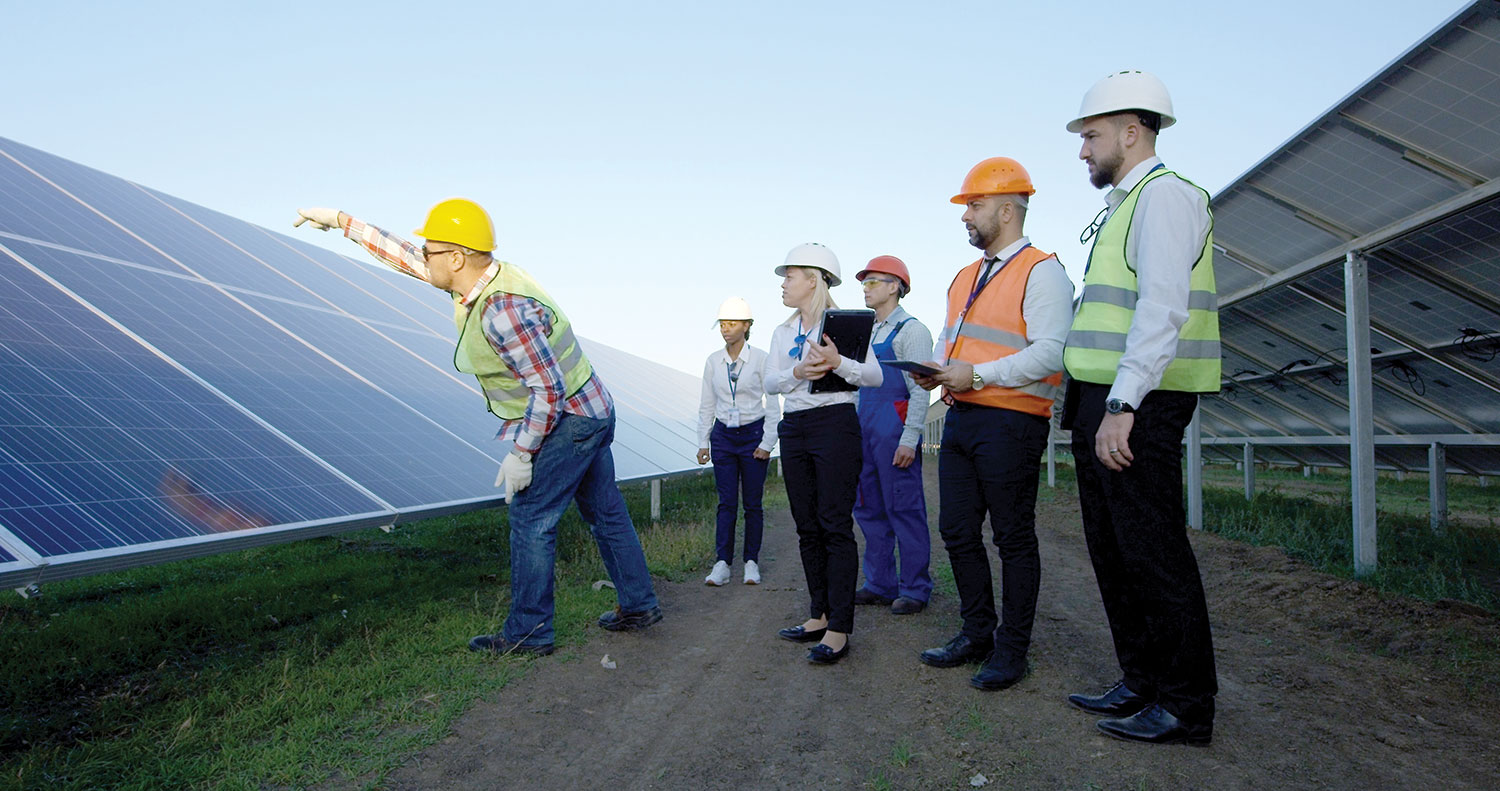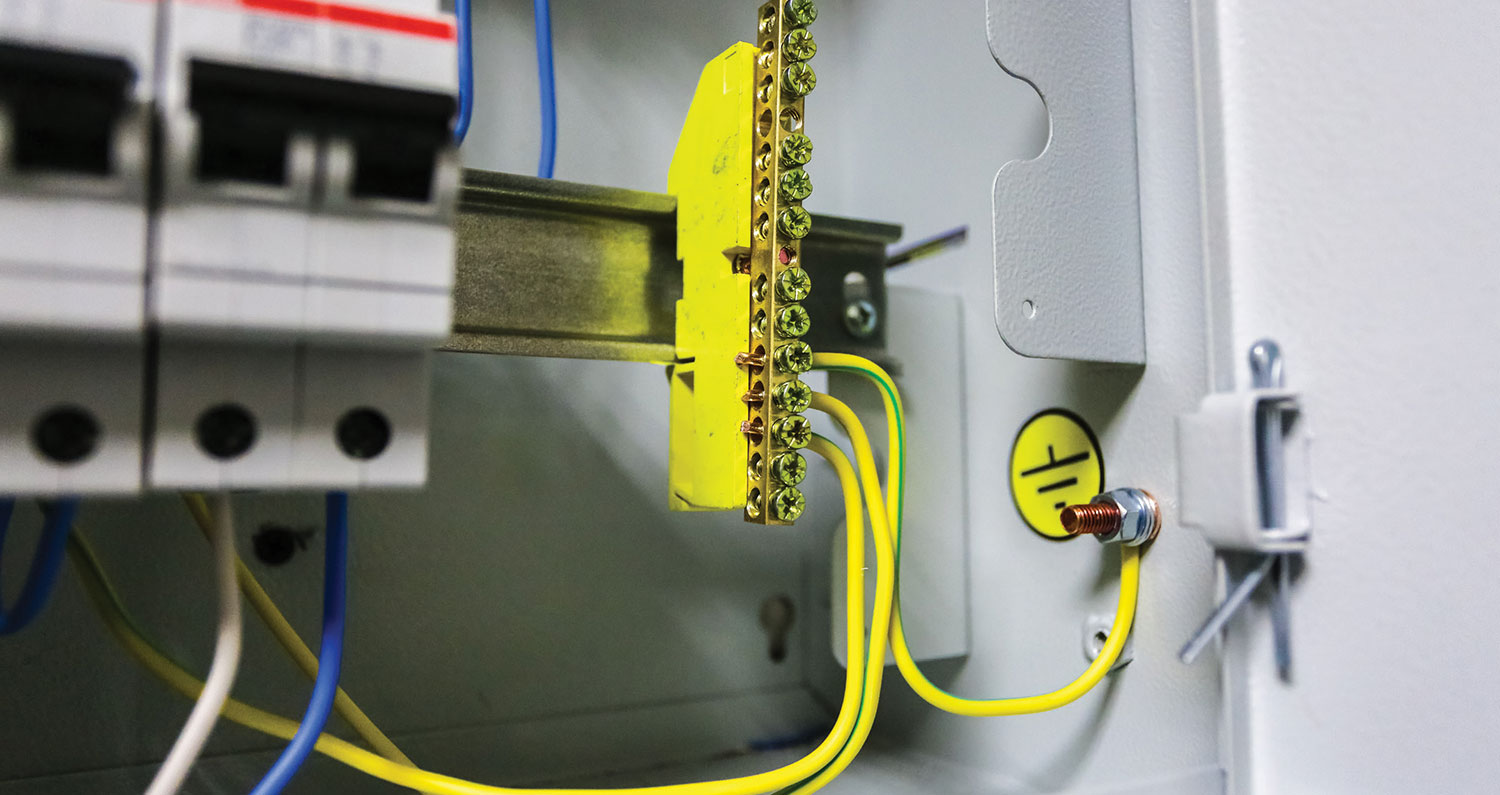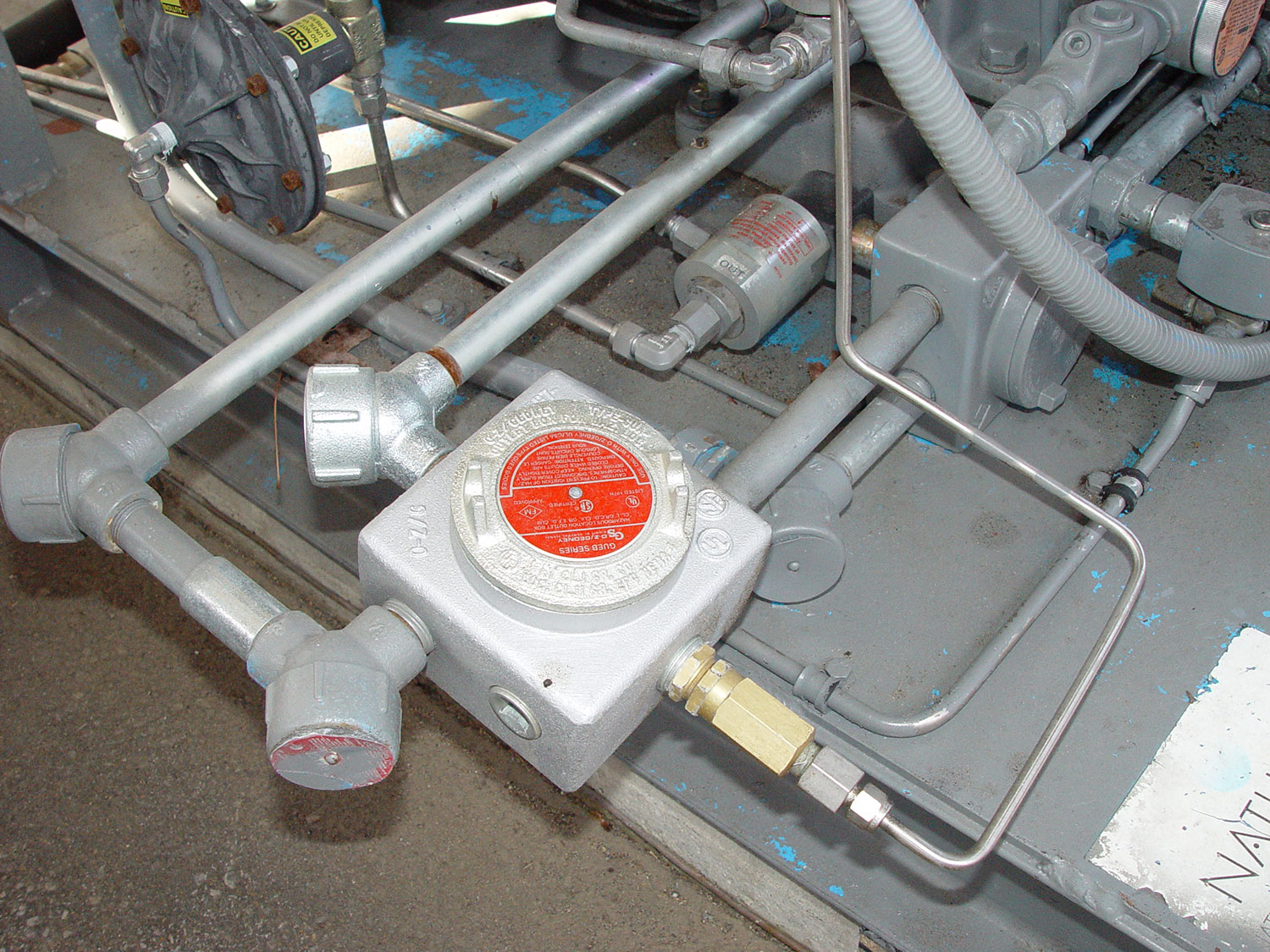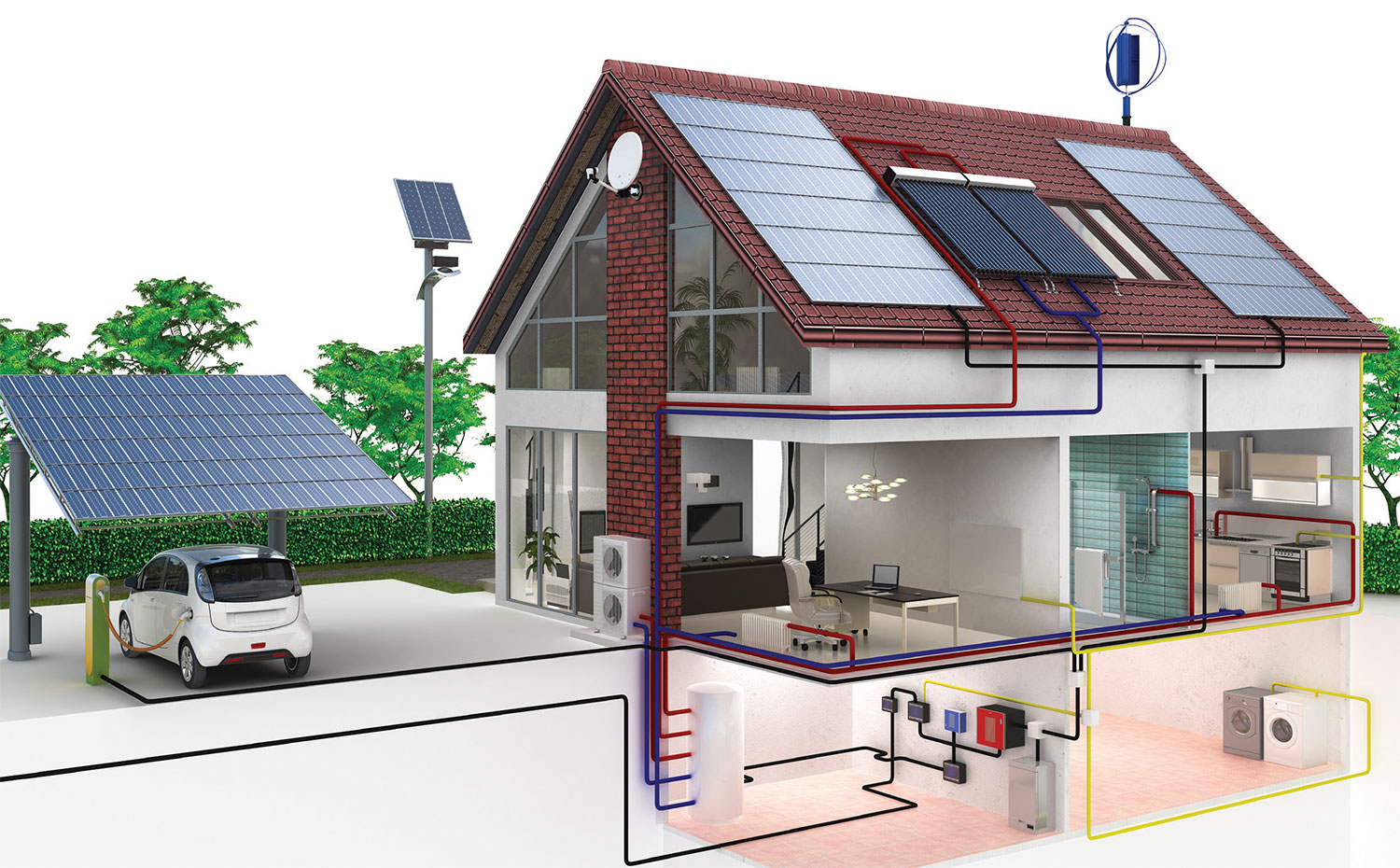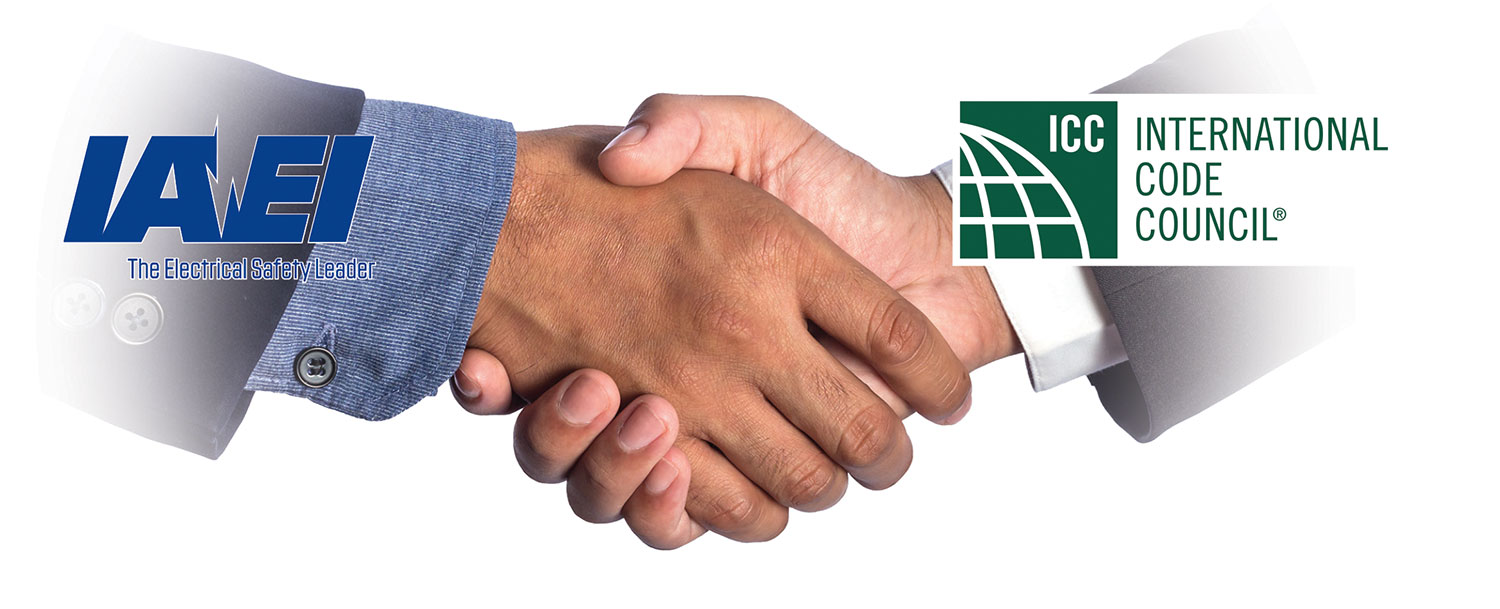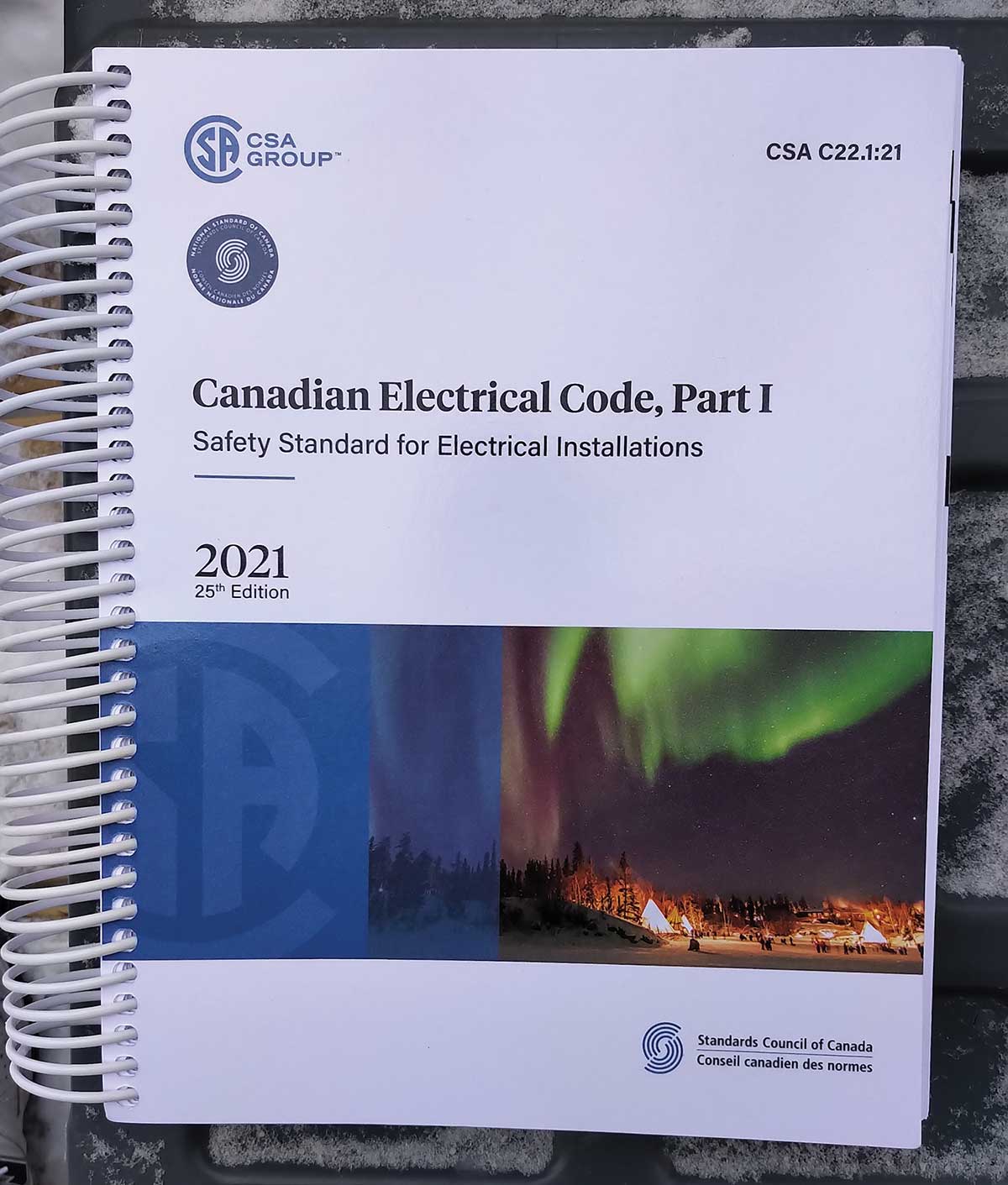For over 90 years, CSA C22.1:21, Canadian Electrical Code, Part I, has been updated to address new sector challenges and improvements. And 2021 is no exception.
We have continued to see Distributed Energy Resources (DER), such as wind, solar, battery storage, and electric vehicles (EVs), become a top priority over the years.
Although Section 10 of the Canadian Electrical Code, Part I (CE Code), which applies to grounding and bonding, has been re-written in the 2018 edition of the Code, I keep receiving questions from the readers regarding the fundamentals of grounding and bonding.
Let’s look at an area of a commercial building that has many of the components that cause a dangerous and potentially deadly event just lying in wait – a commercial kitchen.
Some of the most intimidating work that an authority having jurisdiction (AHJ) can encounter involves hazardous (classified) locations and what classification those areas will carry.
The intent of the 2018 IRC Section R327.2 is that energy storage systems (ESS) be Listed (Certified) to UL 9540, the Standard for Safety of Energy Storage Systems and Equipment.
International Code Council announces new partnership with International Association of Electrical Inspectors
When it comes to learning safe electrical installation and practices, contact IAEI and receive the best quality electrical education in the industry.
This is the second of a series of articles detailing significant changes for the 2021 Canadian Electrical Code Part I (CE Code).


